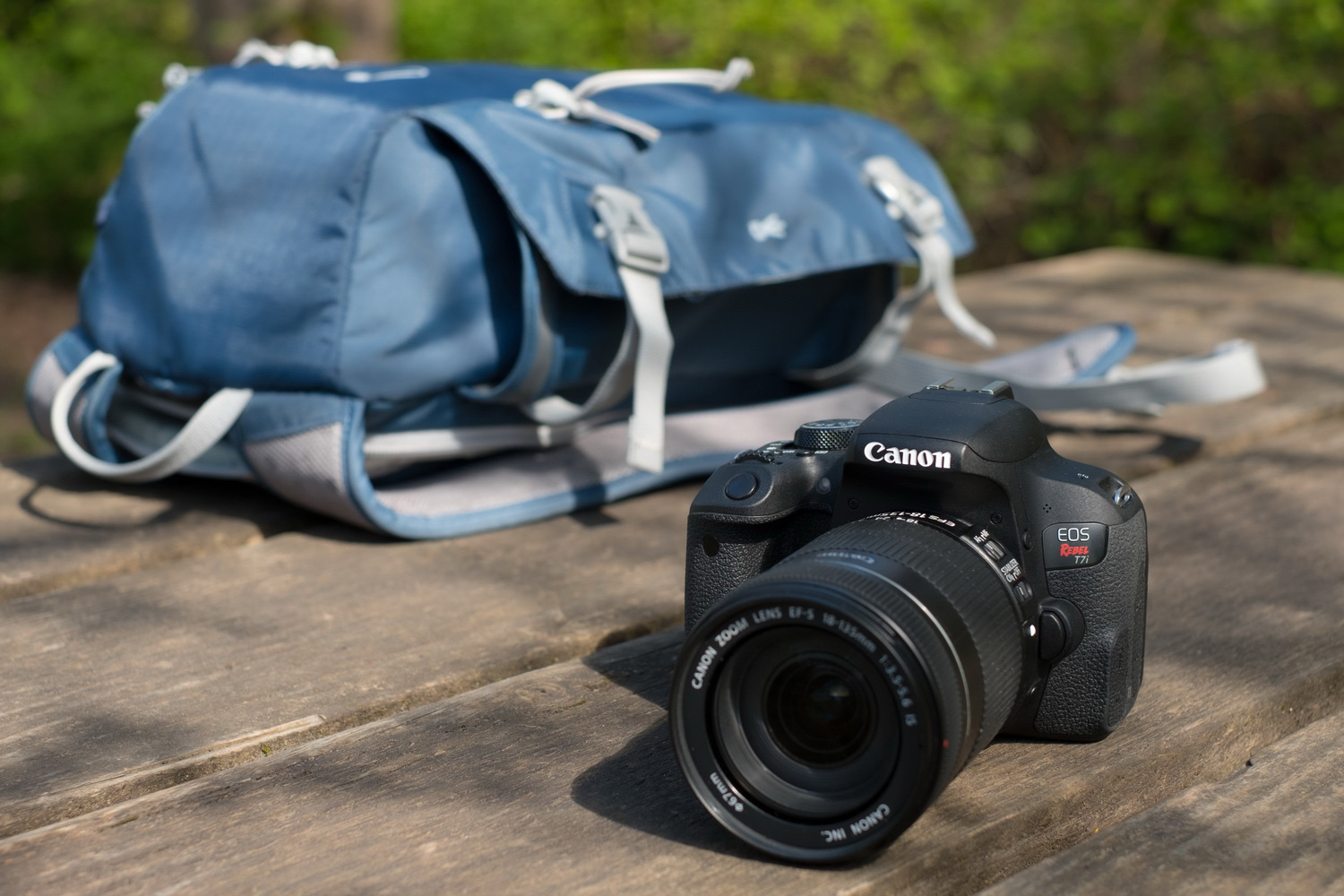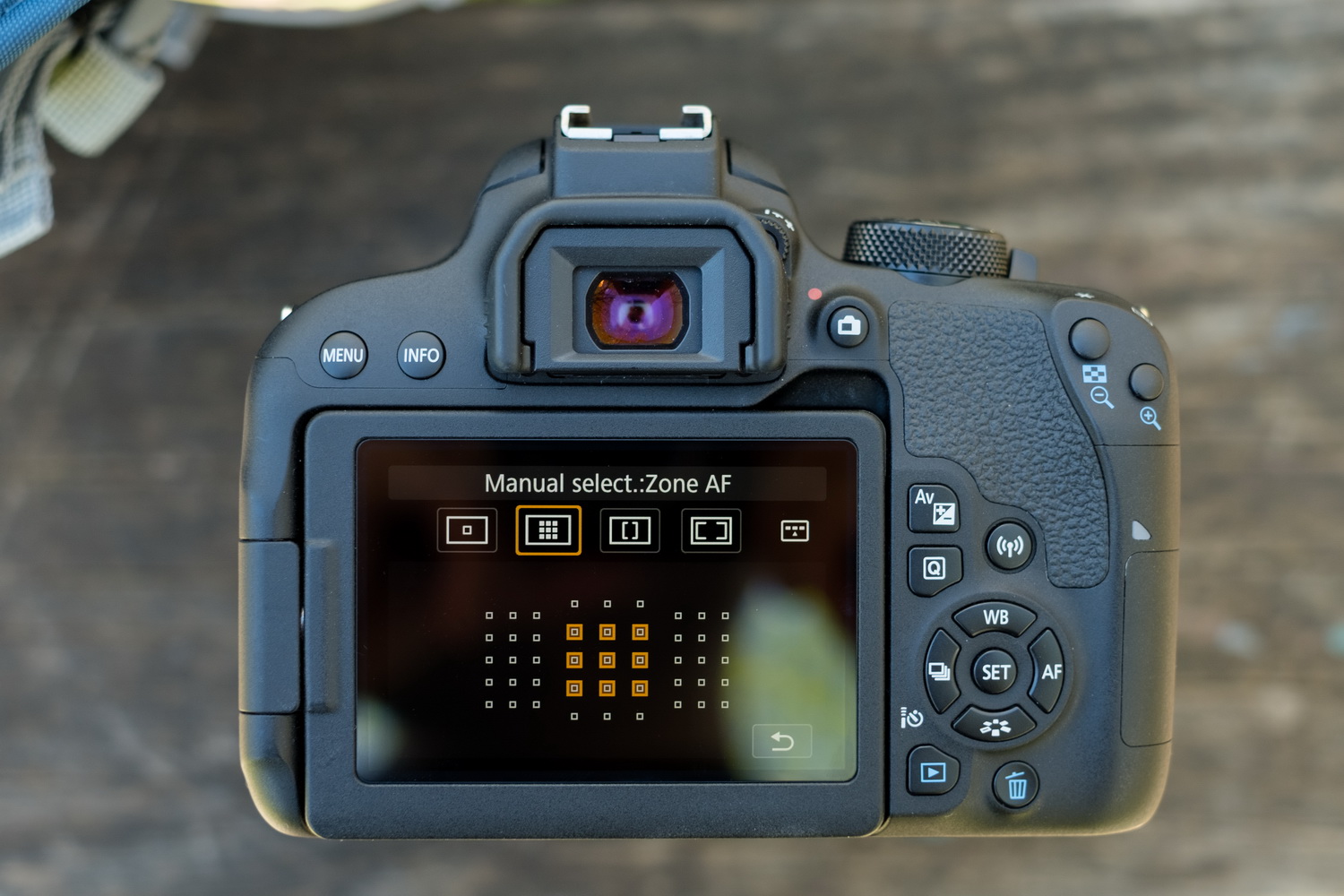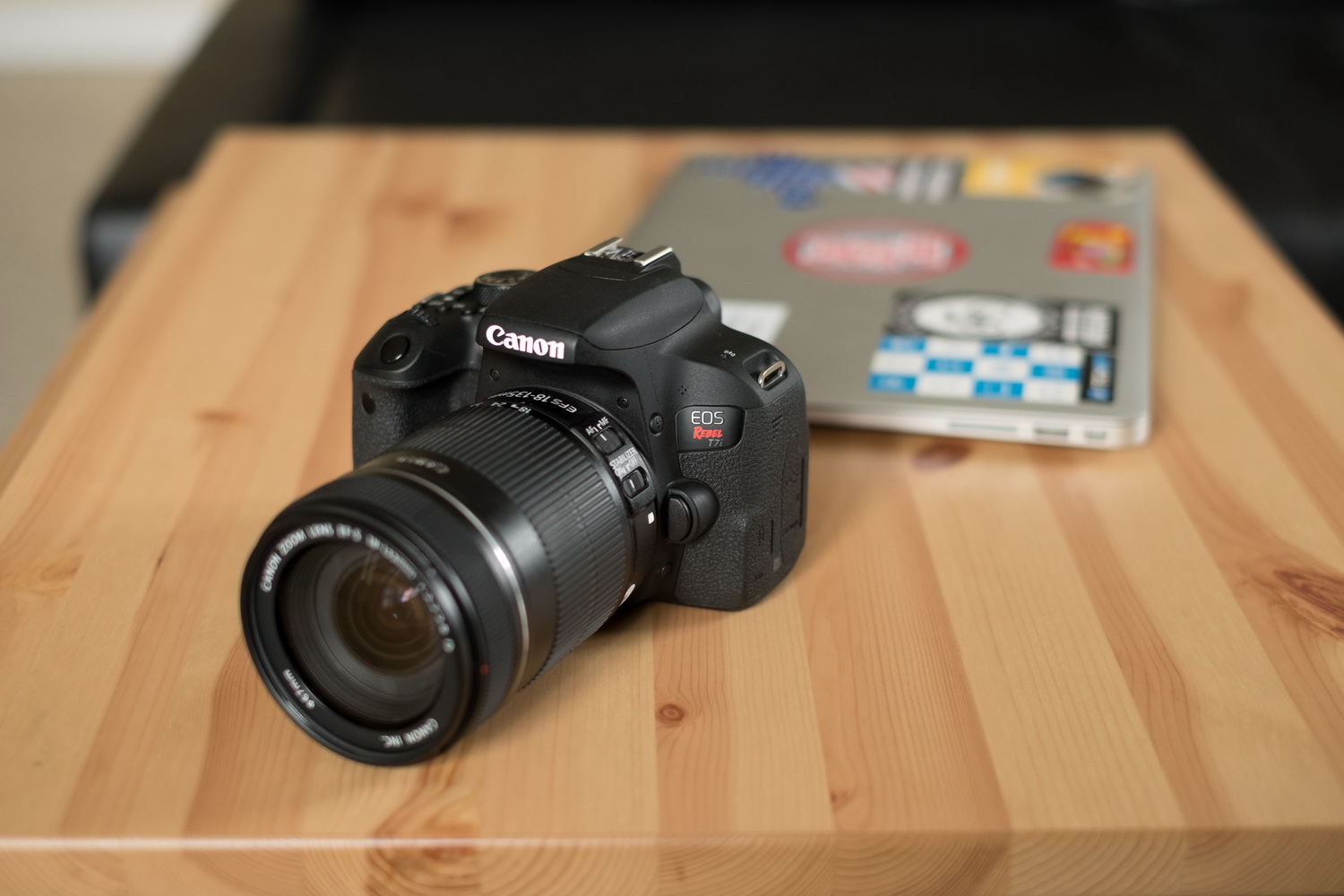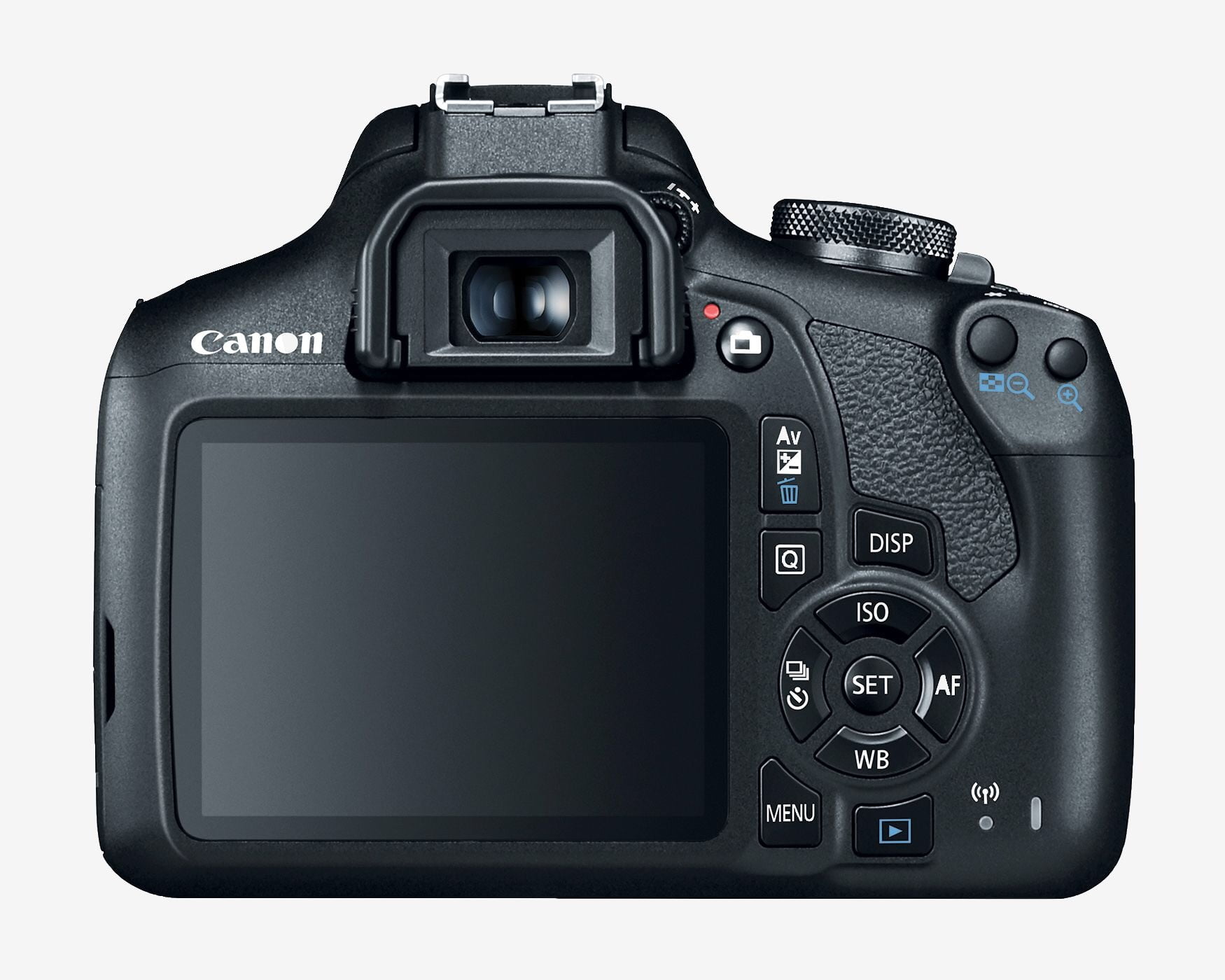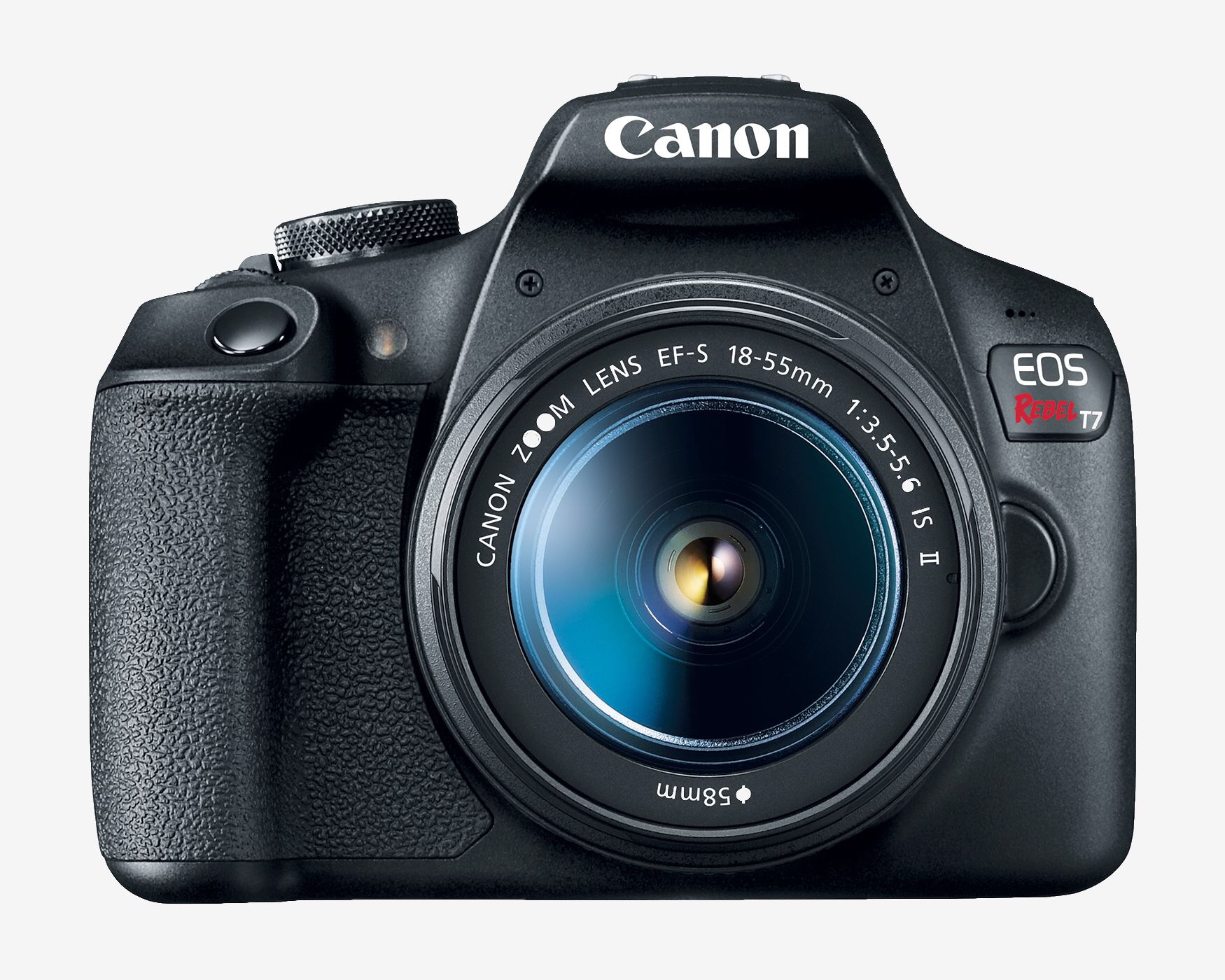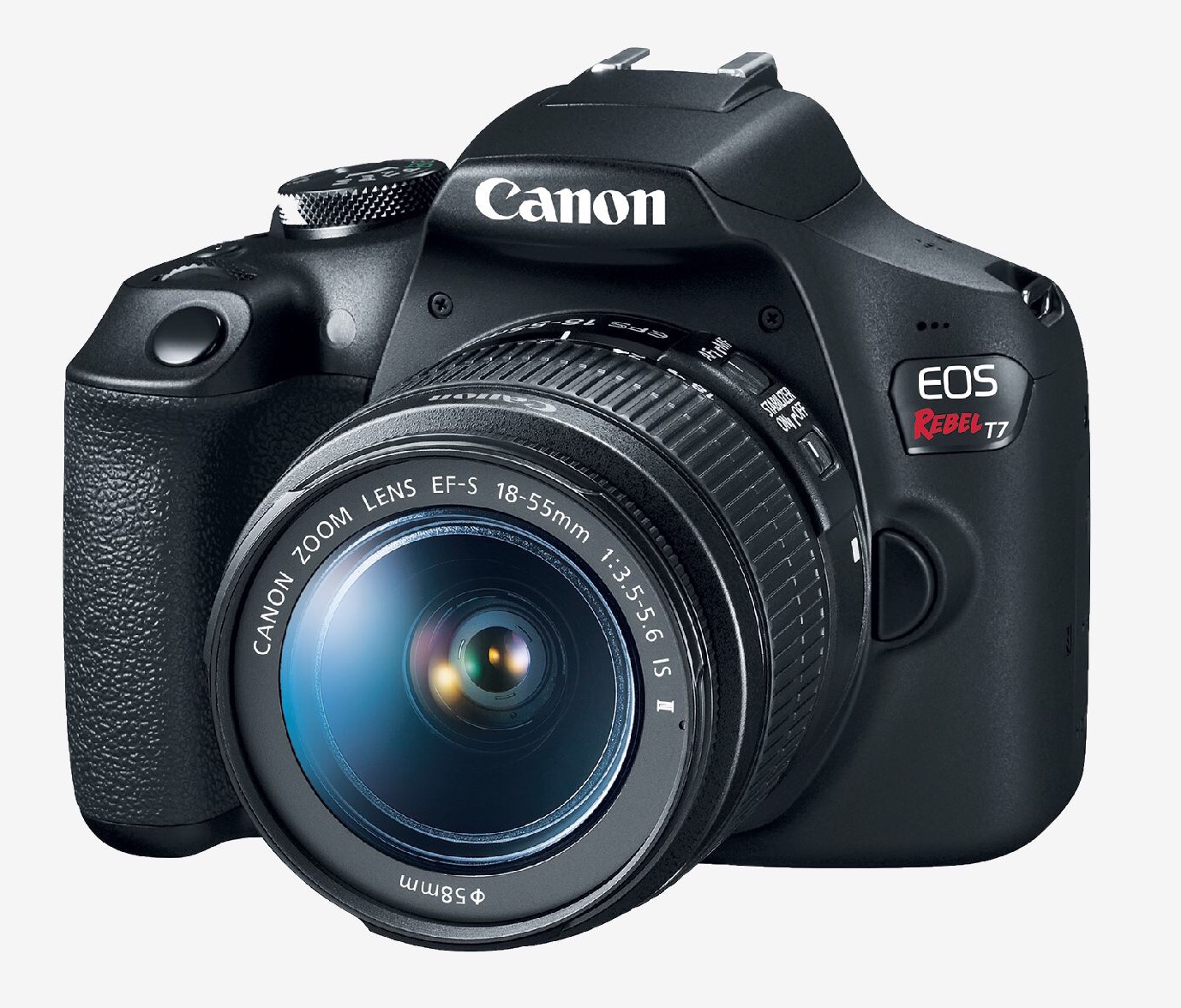Looking a good beginner-friendly DSLR camera? With multiple choices in both the current and previous generation, selecting the right camera from Canon’s Rebel line of can be a daunting task. Looking at just the latest models, you’ll find the Rebel T7 and Rebel T7i — two cameras that are similar in name and appearance, but little else. And while the T7 is the newer of the two, it’s actually the lower-end model, recycling old tech from last generation’s Rebel T6.
This comparison won’t be much of a competition as the T7i is clearly the better camera in every category, but that doesn’t mean some users won’t be happier with the simpler — and cheaper — T7. The Rebel T7i Here’s how the two compare.
Performance
Despite being the older model, the Rebel T7i is built around newer technology. It inherited the same 24-megapixel sensor and 49-point autofocus system from the venerable EOS 80D, one of the best enthusiast DSLRs we’ve ever tested. It also uses an even newer image processor, the Digic 7, helping to push low-light sensitivity to a new high of ISO 51,200 while achieving a maximum continuous shooting speed of 6 frames per second (fps).
Where the T7i impressed us nearly across the board for its various improvements, the T7 offers little in the way of anything new. It did gain a 24MP sensor, but it is not the same unit as the one in the T7i and lacks Dual Pixel Autofocus (more on this in the video section below). It uses the much older Digic 4 image processor, which is only capable of pushing the ISO as high as 12,600 — usable, but two full stops below the T7i. Autofocus is also underwhelming, with just nine points. As for the continuous shooting mode? Well, it has one, but it makes due with just 3 fps, or half the rate of the T7i.
Interface and connectivity
External controls are similar across both cameras, but the placement of certain buttons varies slightly between the two. The T7i also uses a fully articulating touchscreen, while the T7 has a fixed screen that is not touch sensitive.
On the software side, the T7i offers something very unique: A guided menu system that Canon calls the Feature Assistant. It is designed to help get new users up and running as quickly as possible, and replaces the standard Canon user interface with a simplified version that illustrates the different shooting modes with pictures and plain-English explanations. It’s designed specifically for the touch interface, making it very approachable for the new generation of photographers who grew up with smartphones.
Experienced users can turn the Feature Assistant off and the T7i will revert to the standard interface, so you’re not giving anything up by having it. It is a bit odd, however, that this feature did not get incorporated into the lower-cost T7, as it would make the most sense in the hands of beginners.
Additionally, while both cameras feature Wi-Fi plus NFC for connecting to Canon’s mobile app, only the T7i incorporates Bluetooth. While Wi-Fi is always required for actually transmitting photos, the Bluetooth connection lets you maintain a persistent connection to the camera for using your phone as a wireless remote without having to go through a Wi-Fi connection process every time.
Image quality
Both cameras have the same resolution — roughly 24 megapixels — but, again, these are not the same sensors. Combined with the newer processor, the T7i will have an image quality edge, particularly in dimly lit scenes where it can reach higher ISO sensitivities.
However, in most real-world settings, the differences between the two are likely to be minimal and won’t be noticed by the average eye. As always, a good lens will make a bigger difference in quality than anything else. Still, for photographers looking to get the most of their image files, particularly those willing to shoot in RAW and put time into post-production, the T7i will be the better choice.
Video
The T7i and T7 each shoot Full HD 1080p video, but the T7i can do it at up to 60 fps, compared to just 30 on the T7. Neither is going to win awards for video quality, especially at a time when so many other cameras have already embraced 4K resolution.
The T7i has one huge advantage, however, thanks again to its more modern sensor: Dual Pixel Autofocus (DPAF). Traditionally, when in live-view mode (as is required for shooting video), DSLRs focus notoriously slowly. DPAF changes the game, allowing the camera to use the same type of focusing (called phase detection) in live view as it does when using optical viewfinder. It makes the T7i behave more like a camcorder in video mode, and recording home movies becomes nearly effortless.
As with the Feature Assistant, DPAF is something that would have made sense to include on the T7, as it’s a quality of life improvement that makes things much easier on beginners. So even if you’re a green-as-grass photographer, the higher-end T7i might be the easier camera to use.
Value
The T7i with 18-55mm lens kit retails for $899, while the T7 with the same lens goes for just $550. Both of those cameras are often on discount, however, so the price you pay may be significantly less.
While the extra cost may be hard to stomach for some, the T7i is clearly a better value. For beginners, the new Feature Assistant, streamlined wireless connectivity, articulating touchscreen, and Dual Pixel Autofocus make it the easier-to-use model. Aspiring enthusiasts will also appreciate that the T7i leaves much more room to grow into, with a higher-density autofocus system in the optical viewfinder, faster performance, and significantly wider ISO range. It also has a modest image quality edge that will please pixel-peepers looking to push their gear to the limits.
Editors' Recommendations
- The Canon EOS Rebel T8i brings 4K to a $750 budget DSLR
- Canon EOS RP vs. Sony A7 III: Can Canon’s cheap shooter keep up with the best?
- Panasonic Lumix S1 vs. Canon EOS R: A full-frame mirrorless matchup

